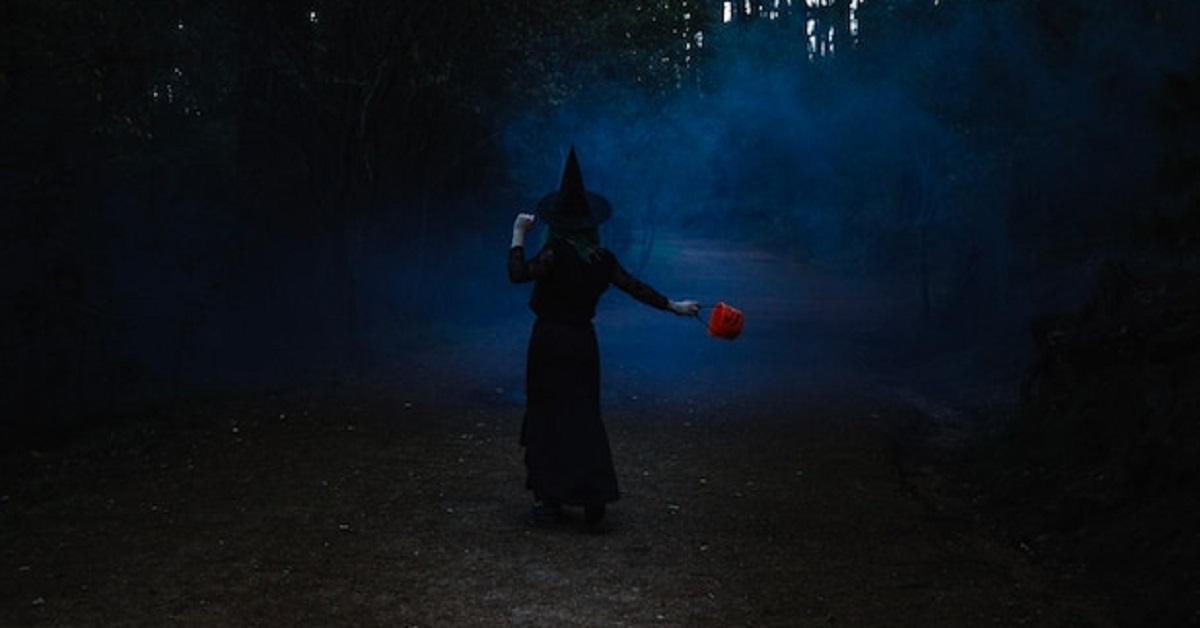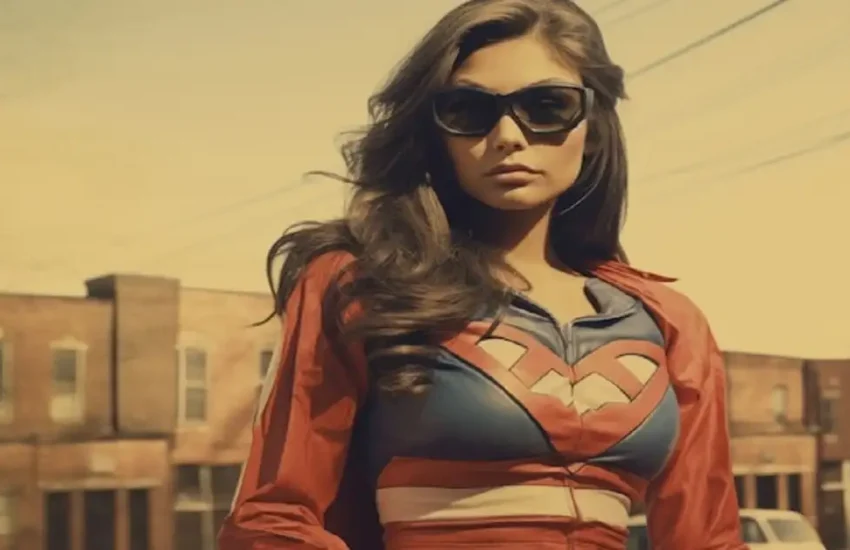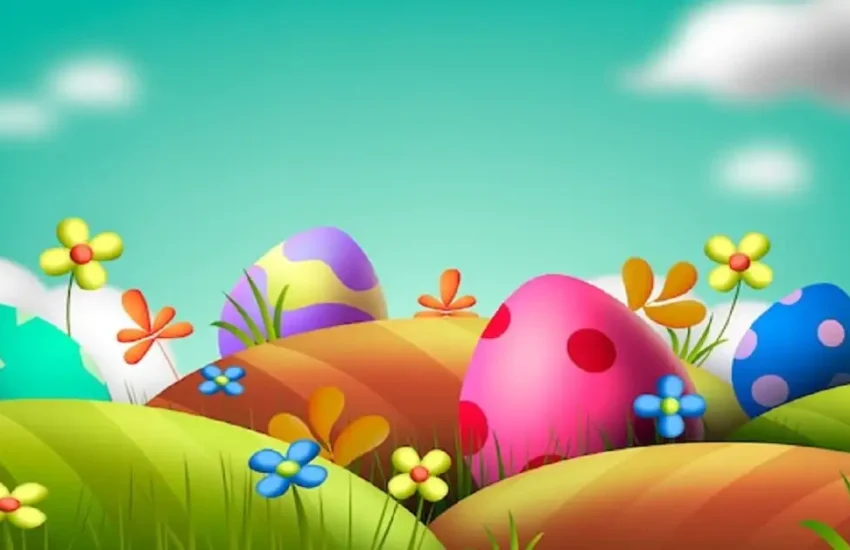The Mystique and Allure of Dark Art
Introduction
Art is a realm where the imagination knows no bounds, and within this realm exists a shadowy niche that both fascinates and mystifies: dark art. But what exactly is dark art? At its core, dark art delves into themes that are often macabre, eerie, or sinister, exploring the darker aspects of human existence and the unknown. It’s the art that makes you feel a shiver down your spine or sparks a sense of unease, yet you can’t look away. So, why does dark art captivate audiences so profoundly?
Historical Context of Dark Art
Early Examples of Dark Art
Dark art is not a modern invention; it has roots that stretch back to ancient times. Early examples can be found in medieval manuscripts, where depictions of hell and damnation served both as religious warnings and as a reflection of the era’s fears.
Evolution Through the Ages
As time progressed, dark art evolved, weaving through various art movements and periods. The Renaissance, for instance, saw artists like Hieronymus Bosch creating intricate, nightmarish scenes filled with symbolic creatures and moral allegories. The Baroque period, with its dramatic use of light and shadow, also contributed significantly to the development of dark art.
Characteristics of Dark Art
Common Themes and Motifs
Dark art is characterized by its exploration of themes such as death, decay, and the supernatural. It often features motifs like skulls, shadows, and otherworldly beings. These elements combine to create a sense of mystery and fear, compelling viewers to confront their deepest anxieties.
The Role of Symbolism in Dark Art
Symbolism plays a crucial role in dark art. Artists use symbols to convey deeper meanings and provoke thought. For example, a raven might symbolize death or bad omens, while a withered tree could represent decay and the passage of time.
Famous Dark Artists and Their Works
Francisco Goya: The Father of Dark Art
Francisco Goya, often dubbed the father of dark art, created works that reflected his bleak view of humanity. His series “Los Caprichos” and “The Black Paintings” are haunting masterpieces that explore themes of madness, superstition, and human folly.
Hieronymus Bosch: A Journey Through Hell
Hieronymus Bosch’s works are a surreal voyage into the grotesque and the demonic. His triptych “The Garden of Earthly Delights” is a vivid, chaotic depiction of heaven, earth, and hell, filled with bizarre creatures and nightmarish visions.
Caravaggio: Shadows and Light
Caravaggio’s dramatic use of chiaroscuro—contrasts of light and shadow—brought a new intensity to dark art. His paintings, such as “Judith Beheading Holofernes,” are visceral and emotionally charged, highlighting the brutality of human nature.
Dark Art in Modern Times
Contemporary Dark Artists
Today’s dark art scene is vibrant and diverse, with artists like Zdzisław Beksiński, HR Giger, and Mark Ryden pushing the boundaries of the genre. Their works continue to explore dark themes, often blending horror with surrealism and fantasy.
The Influence of Dark Art in Pop Culture
Dark art has left an indelible mark on pop culture, influencing everything from film and literature to fashion and music. Movies like “The Nightmare Before Christmas” and “Pan’s Labyrinth,” as well as the gothic aesthetic in fashion, owe much to the legacy of dark art.
Psychological Impact of Dark Art
Why People Are Drawn to Dark Art
What is it about dark art that draws people in? For many, it’s the thrill of the taboo—the chance to explore forbidden themes and emotions in a safe space. Dark art allows viewers to confront their fears and anxieties, often leading to a deeper understanding of themselves.
The Therapeutic Potential of Dark Art
Interestingly, dark art can also have therapeutic benefits. It provides an outlet for expressing complex emotions and can be a form of catharsis. Art therapy often incorporates dark themes to help individuals process trauma and negative experiences.
Dark Art and Controversy
Common Misconceptions
Dark art is often misunderstood. Some view it as merely shocking or disturbing for the sake of it, but in reality, it is a profound exploration of the human condition. Misconceptions about dark art can lead to it being unfairly judged and dismissed.
Dark Art and Censorship
Throughout history, dark art has faced censorship due to its provocative nature. Governments, religious institutions, and other authorities have often suppressed works that they deemed too controversial or unsettling.
The Techniques Behind Dark Art
The Use of Color and Shadow
Color and shadow are essential tools in the dark artist’s arsenal. The strategic use of dark tones and contrasting highlights can create a dramatic, eerie atmosphere. Shadows, in particular, add depth and mystery, drawing viewers into the artwork.
Innovative Methods in Dark Art Creation
Modern dark artists are constantly innovating, using techniques like digital painting, mixed media, and even virtual reality to create immersive, haunting experiences. These methods push the boundaries of traditional art, offering new ways to engage with dark themes.
Collecting Dark Art
How to Start a Dark Art Collection
Starting a dark art collection can be a rewarding venture. Begin by researching artists and styles that resonate with you. Attend art shows, visit galleries, and connect with other collectors to gain insights and discover new pieces.
Notable Dark Art Collections and Museums
Some notable collections and museums dedicated to dark art include the Museum of Death in Los Angeles and the Morbid Anatomy Museum in New York. These institutions showcase a wide range of macabre and unsettling artworks, providing a fascinating glimpse into the world of dark art.
The Future of Dark Art
Emerging Trends
The future of dark art looks promising, with emerging trends like the fusion of dark art with other genres, such as fantasy and science fiction. This blending of styles creates unique, captivating works that continue to push the envelope.
The Digital Revolution in Dark Art
The digital age has revolutionized dark art, making it more accessible than ever. Artists can now share their works with a global audience through social media and online galleries, reaching fans and collectors around the world.
Conclusion
Dark art, with its eerie allure and profound themes, continues to captivate and inspire. Its enduring legacy lies in its ability to evoke strong emotions and provoke deep thought, challenging us to explore the shadows of our own minds. As we look to the future, dark art will undoubtedly continue to evolve, pushing boundaries and expanding our understanding of the human experience.



